Posted on 12/5/2023
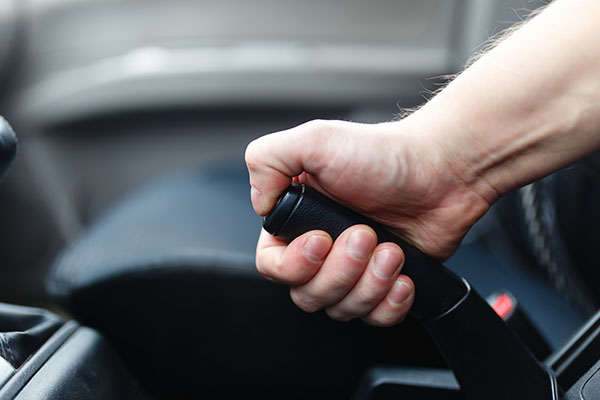
The frustration of a stuck emergency brake, or e-brake, is a scenario many drivers have faced. At LightHouse Automotive, we understand the perplexity that comes with this issue and are here to shed light on the possible reasons behind a stubborn e-brake and how you can address it effectively. 1. Cold Weather Conundrum In colder climates, e-brakes can freeze due to the accumulation of ice or snow. This frozen buildup can hinder the mechanism's release, leaving you with a seemingly stuck brake. Taking precautions such as parking in a sheltered area or using tire chocks can help prevent this issue. 2. Cable Tension Troubles Over time, the e-brake cables can stretch or lose tension, resulting in difficulty disengaging the brake. Regular maintenance, including cable adjustments, can prevent this problem and ensure smooth e-brake operation. 3. Corrosion Culprits Corrosion within the emergency ... read more
Posted on 11/29/2023
.jpeg)
Amidst the hundreds of components that make your vehicle tick, the axle stands in the background, quietly ensuring your wheels keep turning. While that is a very short summary of its function, haven't you wondered about what it does? Well, if you have, continue reading and find out! The Axle - What Does It Do? Each part of your car plays a unique role in creating a balanced driving environment and experience. The axle is the bridge connecting the wheels to the powertrain - or, in other words, the engine and transmission. Serving as a central shaft, it facilitates the transfer of power from the engine to the wheels, propelling your vehicle forward. It's the unassuming yet indispensable conductor in the automotive symphony. Types of Axles Axles come in various forms, each tailored to specific vehicle designs and functions. The most common types are the front axle and the rear axle. Front axles are prevalent in front-wheel-drive vehicle ... read more
Posted on 10/29/2023
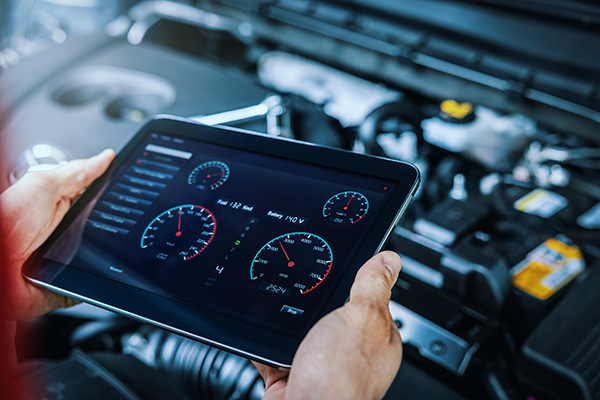
If you ever encounter the ominous glow of a check engine light or an unsettling rumble from under the hood while driving, there's no need to panic. All you need is an OBD-II (On-Board Diagnostics) scanner and the willingness to delve into your car's intricacies. Armed with these tools, you can unravel the mysteries hidden within your car's systems and emerge as a confident and capable home mechanic. First you will have to know the ropes, but worry not because that's the first thing we will be taking a look at. Then we will give you professional insight on how to use it properly, to its full potential. Understanding the Basics Locate the OBD Port Begin by identifying the OBD port, usually located beneath the dashboard, near the steering column. Some vehicles have the port in the vicinity of the driver's side, while others may position ... read more
Posted on 9/29/2023
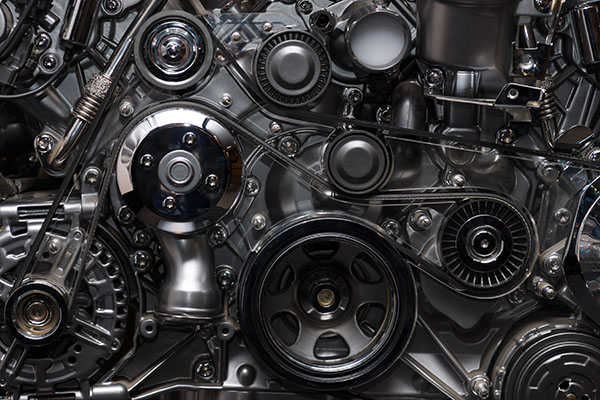
As you slide into the driver's seat, turn the key, and feel your car's engine roar to life, have you ever wondered about what actually happens behind the scenes? At the core of this automotive "ballet" lies a critical component: fuel injection, or, to be exact, the fuel injection system. Its importance is often overlooked, so let's take you on a spin through the fueling system and get you up to speed on the topic! The Essence of Fuel Injection Fuel injection, in its essence, is the lifeblood of your car's engine. It's the method by which a precise amount of fuel is delivered directly into the engine cylinders. Unlike older carbureted systems that relied on a mixing chamber, fuel injection systems have revolutionized how engines operate. How Fuel Injection Works So, how does this ingenious system work its magic? Let's break it down into simple steps: Air Intake: Your engine pulls in air through the ... read more
Posted on 8/31/2023
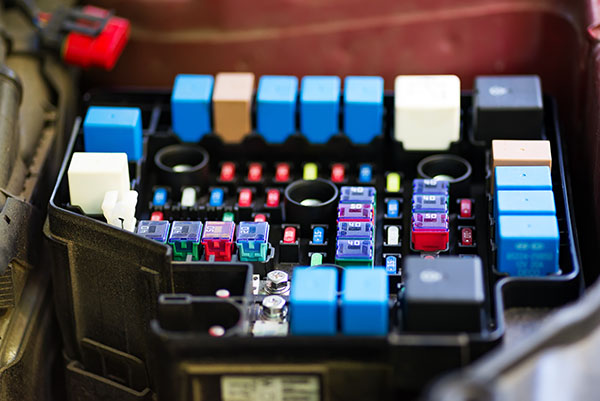
If you're experiencing issues with your vehicle's electrical functions, don't worry! It's possible that a faulty relay is to blame. Luckily, replacing a relay is a simple task that you can tackle on your own. You don't need to be a car expert to get the job done. With a few basic tools, some patience, and your owner's manual, you'll have your vehicle running smoothly again in no time. #1 Identify the Problem Relay Before you dive into the replacement process, it's crucial to identify the specific relay causing the issue. Consult your vehicle's owner's manual or the diagram on the relay box cover (or a trustworthy online source) to locate the relay associated with the malfunctioning component. For instance, if your windshield wipers aren't working, find the wiper relay. #2 Gather Your Tools To successfully change a relay, you'll need a few basic tools: a set of screwdrivers, pliers, and the replacement ... read more
Posted on 7/31/2023
.jpeg)
As responsible car owners, we understand the importance of regular maintenance to keep our vehicles running smoothly and safely. One common service offered by auto repair shops is the 30-point inspection. But what exactly does it entail, and is it a worthwhile investment? Let's clear things up, explain what it is, what it involves, and why it's necessary. What is a 30-Point Inspection? A 30-point inspection is a comprehensive evaluation of your vehicle's key systems and components. Skilled technicians perform a detailed analysis of 30 crucial areas, covering everything from the engine and transmission to the brakes, suspension, and electrical systems. The aim is to identify potential issues early on, preventing costly breakdowns and ensuring optimal performance. What Does a 30-Point Inspection Include? While the specifics may vary between auto repair shops, a typical 30-point inspection covers the following essen ... read more
Posted on 6/30/2023

Deciding to sell your car is a significant decision, and timing plays a crucial role in maximizing its value and finding the right buyer. While the ideal time to sell a car may vary depending on factors such as market conditions, demand, and personal circumstances, there are certain periods when you're more likely to achieve a successful sale. Here are a few situations in which we think it's a good idea to sell your car: When Your Car is in Good Condition Before Major Model Updates When Demand is High End of the Month or Quarter When Your Needs Change If you want to know why these specific situations are listed, continue reading because we explained every single one of them! When Your Car is in Good Condition The best time to sell your car is when it's in excellent condition. Take the time to address any necessary repairs, clean both the interior and exterior meticulously, and ensure that all maintenance is up to date. A ... read more
Posted on 5/31/2023
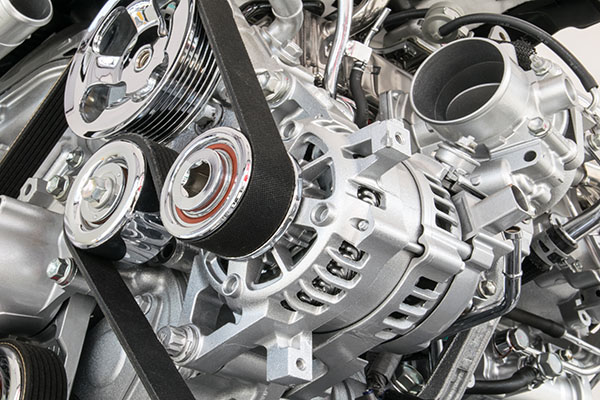
Have you ever asked yourself: why are only diesel engines used in heavy-duty equipment and towing vehicles? If you have, you are in the right place! Below we will explore the interesting facts that make the diesel engine the perfect pick for these exact tasks. Engine Construction One of the key factors is the way the engine is constructed and functions. In comparison with gasoline engines, they are very robust because of the way they ignite the fuel. Instead of a spark plug, diesel engines use compression to ignite the fuel and air mixture. This means that the engine block has to withstand immense amounts of pressure - meaning it's more durable and reliable. Power Output Another key difference is the way that power is output. Diesel engines produce a greater amount of torque than horsepower. This means that under heavy load, the tires can have enough grip and power to tow almost anything. This is solely because of the high energy density ... read more
Posted on 4/29/2023
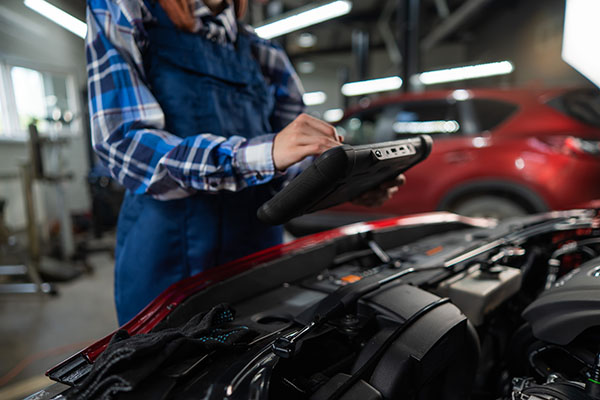
Car diagnostics is the method of using advanced tools and software to communicate with your vehicle’s onboard computer system and get useful information about how it works, what it does, and what problems it may have. Diagnostics are very important in modern vehicles to find and fix issues quickly and efficiently. You can look at them as plugging your phone into a PC and getting a message on whats wrong with it! During car diagnostic tests, several key areas of the vehicle are examined:Engine and Components: Checks for engine problems and issues with individual components like fuel delivery, ignition, and air intake. Transmission and Responsiveness: Evaluate the transmission system's performance and responsiveness, ensuring smooth gear shifting and clutch engagement. Brake Responsiveness: Tests the braking system's efficiency, checking for abnormalities in brake pressure and pad wear. Exhaus ... read more
Posted on 3/27/2023
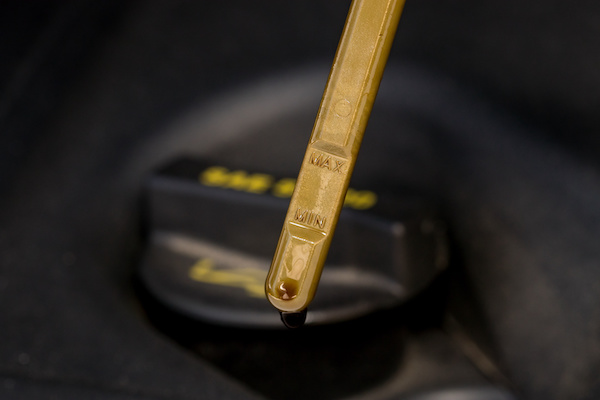
Motor oil is one of the most important parts of your vehicle that requires the most upkeeping. Engine oil keeps the engine lubricated and running smoothly. Periodically, you should check the oil levels and ensure they are at the appropriate level. Here are step-by-step instructions on how to check your motor oil levels at home: Step 1: Park the Car on Level Ground Before checking the oil, ensure that the car is parked on a level surface. This will provide an accurate reading of the oil level. Step 2: Turn off the Engine and Wait for it to Cool Let the engine cool down for a few minutes before checking the oil. This will allow the oil to settle, giving a more accurate reading. Step 3: Locate the Dipstick The dipstick is usually found near the engine and is marked with an oil symbol. Consult your owner's manual for the specific location of the dipstick. Step 4: Remove the Dipstick and Wipe it Clean Withdraw the dipstick and wipe it clean with a cloth or paper towel. Make sur ... read more